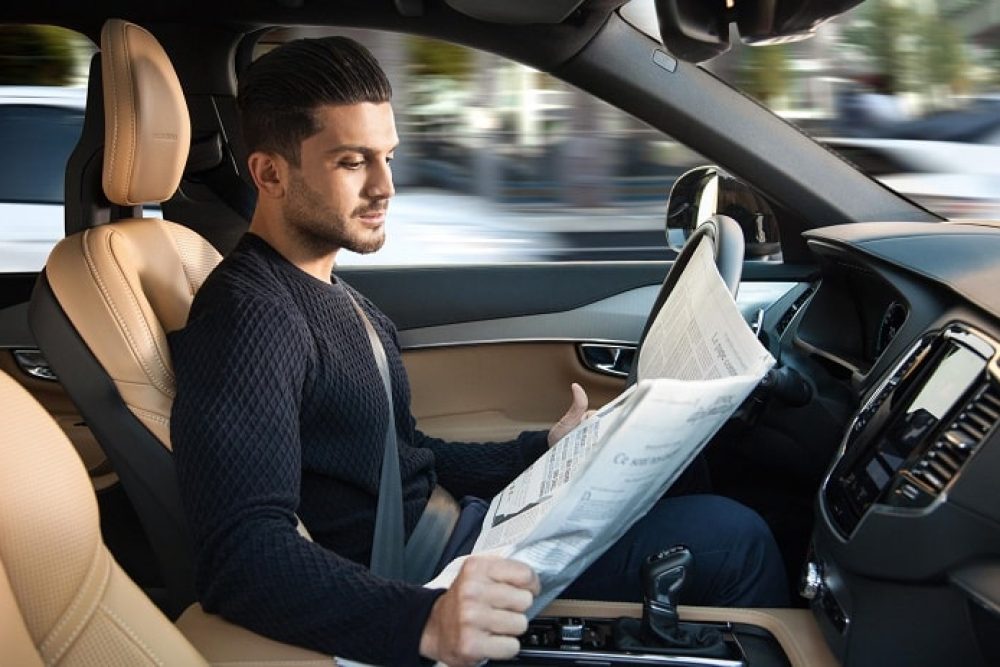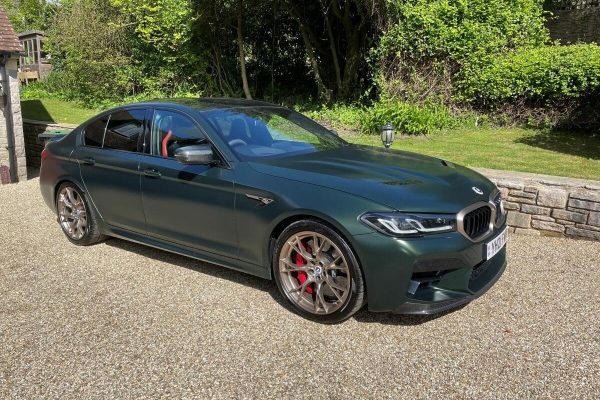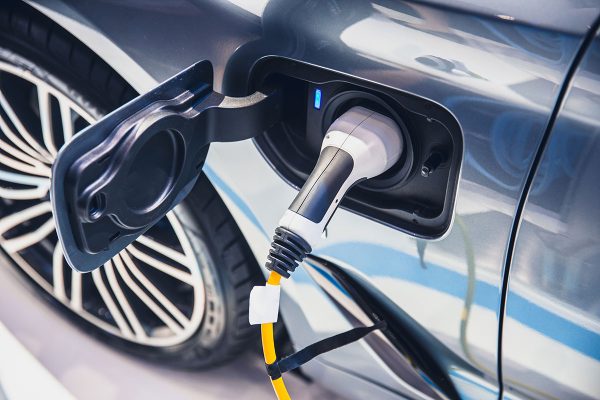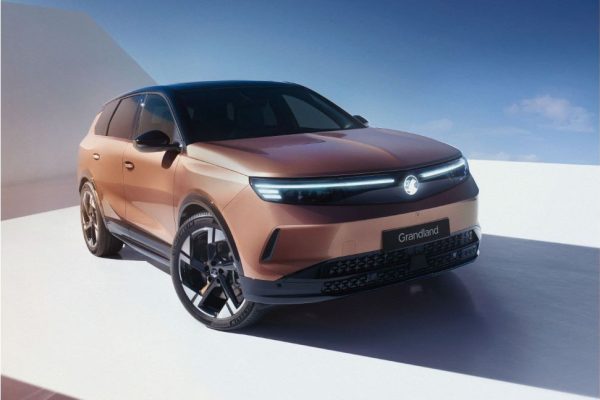AUTOMATED vehicles will be covered by a single insurer model to cover victims covered by a crash when the automated – or autonomous – vehicle (AV) is in driverless mode.
That’s the decision from the Department for Transport, which said: “In contrast to many other countries, the UK motor vehicle insurance model is based on insuring the driver of the vehicle, rather than the vehicle itself.
“This approach has worked well for conventional vehicles (including vehicles with ADAS). In an AV, however, as the driver can be out of the loop, this approach begins to break down and gaps begin to appear in the UK motor insurance framework.
“We wish to make sure that the use of motor vehicles continues to be insured when AVs reach the market, which we expect to happen in five to ten years.”
According to the DfT, the victim would have a direct right against the motor insurer; in turn the insurer would have a right of recovery against the responsible party, including under product liability laws.
Commenting on the Department for Transport’s plans for insurance rules for self-driving cars, Ben Howarth, senior policy adviser for motor and liability at the Association of British Insurers (ABI), said: “The insurance industry is 100 per cent committed to supporting the development of automated vehicles, which have the potential to dramatically improve road safety and revolutionise our transport systems.
“We want to keep insurance as straightforward as possible, which is why insurers proposed the simple approach which the Government is now taking forward.”







